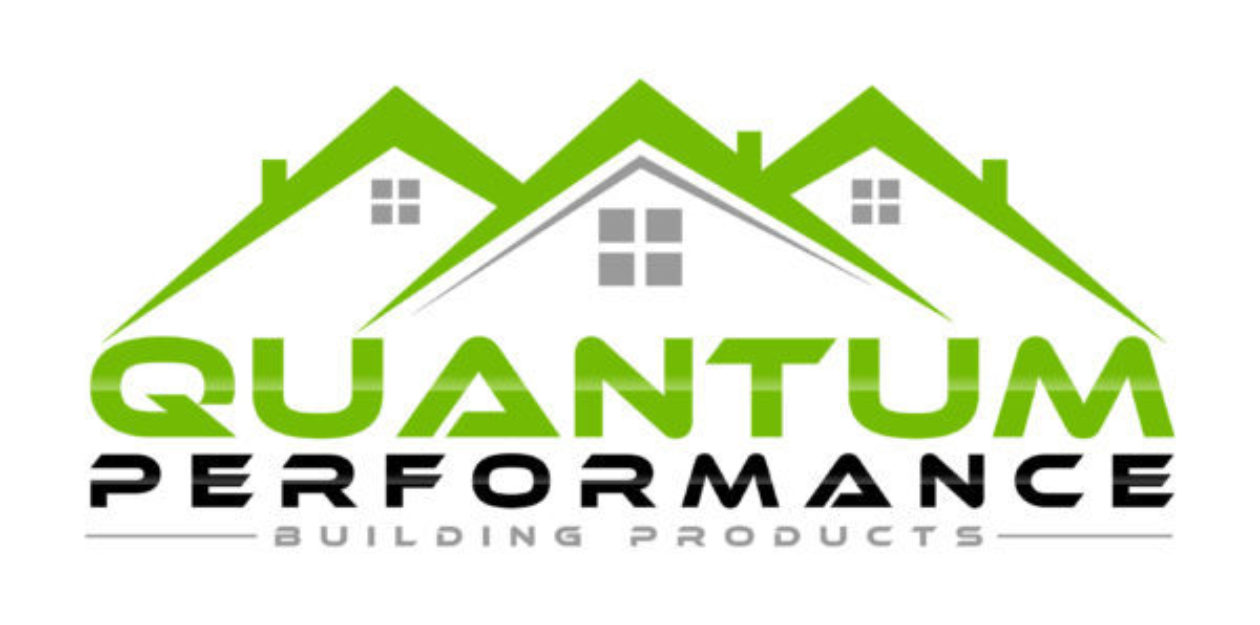R-VALUE MYTHS
Don’t Get Blinded by High Insulation R-Values
R-value only measures how well insulation resists heat movement through the insulation material (called conductive heat flow). It doesn’t take into account how well the material stops heat movement from convection, carried in the air. Air leakage can cause up to half of your home’s energy loss.
Reduce Energy Costs by Sealing Air In
R-value doesn’t measure air flow through a material, so without air sealing your home could lose a lot of heated or cooled air – see the video demonstrating this. Icynene spray foam insulation seals your home as well as providing an effective R-value.

More or Thicker Insulation and Higher R-Values Are Not Always Better
Did you know 93% of conductive heat flow is already stopped by R-12 insulation? Upgrading from R-12 to R-40 reduces conductive heat flow by only another 5%. If you use very high r value fiberglass or very high r value cellulose, you may still get high heating and cooling costs. Icynene spray foam insulation can provide a high enough R-value plus offering air sealing to maximize comfort and minimize your energy bills.
Figures for amount of heat flow reduced are based on Fourier’s Law of Thermodynamics
*Costs provided are estimates only for conventional fibrous insulation. Insulation and energy costs could vary by region, type of insulation, type of home, and type of heating/cooling equipment.
**Based on heating/cooling costs of $750 USD/year
R-Values May Be Reduced During Installation
R-values are also based on laboratory conditions, which are difficult to achieve with many traditional insulation types such as fiberglass and cellulose.
Icynene spray foam insulation expands up to 100 times to fill any gaps. It’s installed by trained, certified installation contractors, to make sure it’s right every time.

